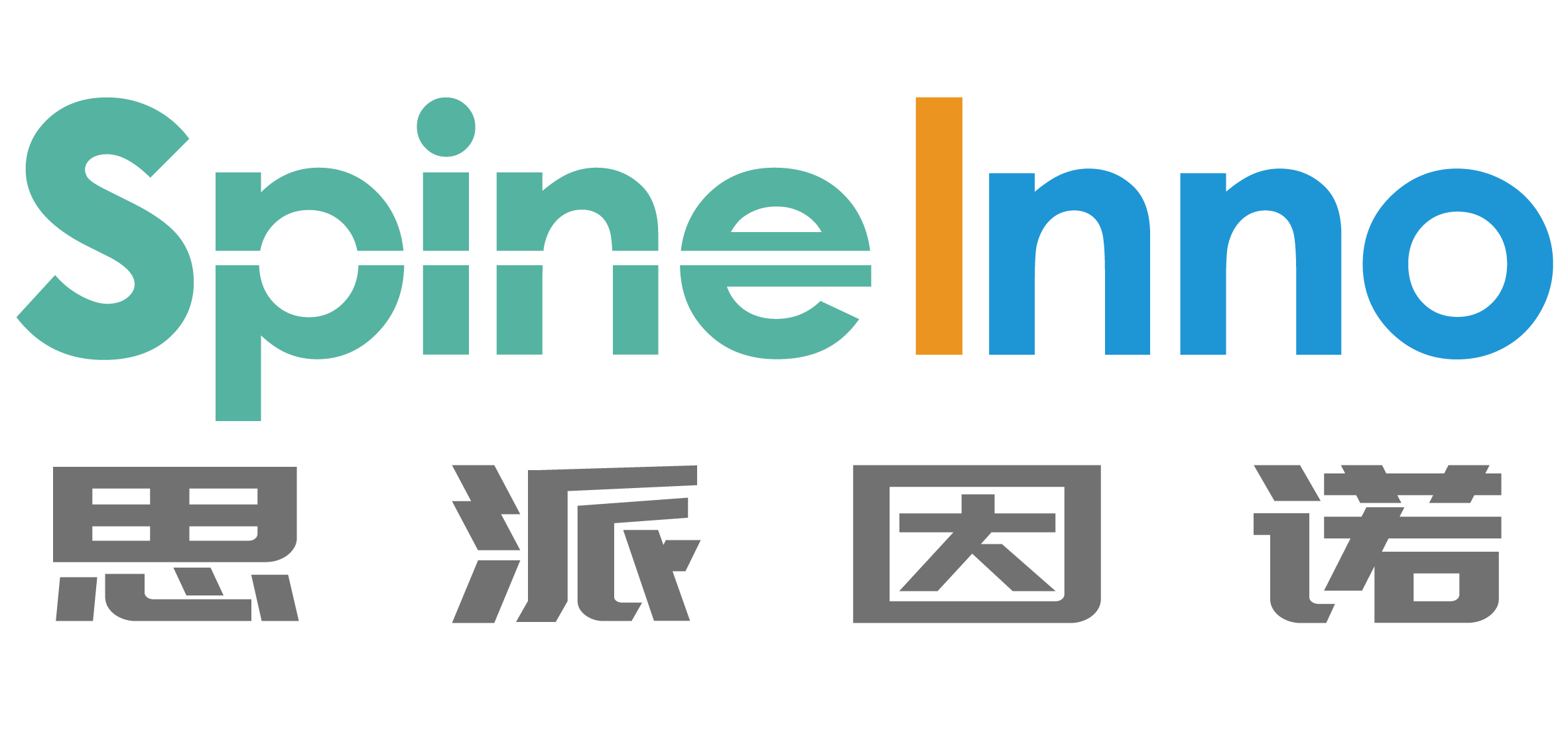Minimally invasive spine surgeries have become increasingly popular over the last few years, thanks to the significant reduction in incision sizes that enable faster recoveries and reduced injury risks. However, despite the numerous advantages, the limited visual access and tactile information during operations remain a significant challenge. This is where the Endoscope for Spine Repair comes in – delivering precise and comprehensive visual access that enables surgeons to perform intricate procedures with more control and accuracy.
Expertise in using the Endoscope for Spine Repair is crucial for every orthopedic surgeon who aims to perform minimally invasive spine surgeries. It takes a high level of training and skill to navigate the narrow, confined spaces and use this tool effectively. The surgeon needs to be familiar with the technique and the equipment, with the ability to interpret the images being captured to ensure the safety and efficacy of the procedure.
Experienced surgeons using the Endoscope for Spine Repair have the ability to perform a wide range of procedures, including spinal fusions, discectomies, and decompressions. With such versatility, the Endoscope is becoming increasingly popular as a solution for various spinal pathologies such as herniated discs, spinal stenosis, osteoarthritis, and many others. Endoscopic spine surgery aims to minimize damage to surrounding tissues, reducing complications, and promoting faster recovery times.
In terms of authoritativeness, the Endoscope for Spine Repair is a thoroughly tested technology that has proven to be safe and effective. It incorporates a range of advanced features that are tailored to deliver clear, high-quality images with a high degree of accuracy and precision. Users of the telescopic system solely rely on the live feed from the endoscope to make critical surgical decisions. Therefore, it is imperative that the technology meets the highest standards of reliability and accuracy.
In conclusion, the Endoscope for Spine Repair is an essential technology in the orthopedic surgeon’s toolkit. It provides clear and comprehensive access to the spine, enabling surgeons to perform minimally invasive surgeries with greater accuracy and precision. With proper training and experience, the device is a safe, effective, and reliable solution for patients suffering from various spinal pathologies.
